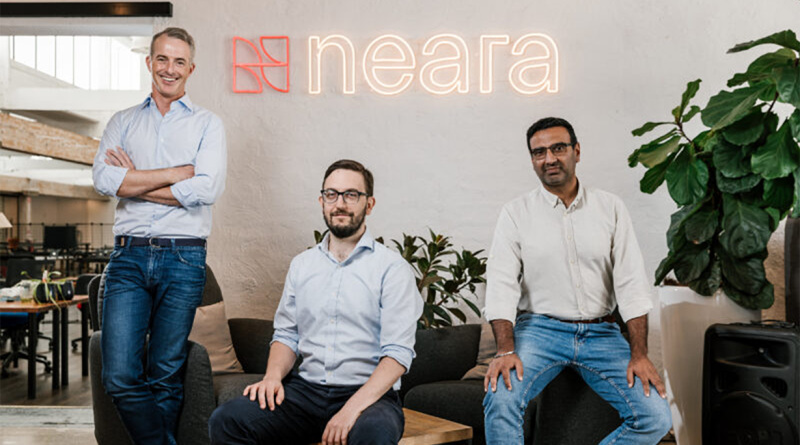Neara Secures $31 Million to Advance AI-based Infrastructure Modeling
Neara, an innovative AI-powered predictive modeling platform specializing in critical infrastructure, has successfully secured $31 million in a Series C funding round. This round, led by EQT with significant support from Partners Group and Square Peg Capital, marks a pivotal step in Neara’s growth trajectory.
The funds are set to enhance Neara’s global operations, focusing on expanding its presence in the US, UK, Europe, and Asia Pacific. By leveraging this investment, Neara aims to meet the increasing demand for energy resilience and assist in modernizing infrastructure, making operations safer and more efficient.
Neara’s technology and industry applications
Central to Neara’s suite of solutions is its 3D digital modeling technology, which empowers utility providers with comprehensive, data-driven simulations. These models help identify potential risks and vulnerabilities within utility networks quickly and accurately.
For instance, partners such as CenterPoint Energy have been able to dramatically reduce the time required for field analyses—from what once took months to mere hours. This capability is especially crucial after extreme weather events like Hurricane Beryl in 2024, where rapid assessments were necessary to restore services effectively.
Southern California Edison has also benefited from using Neara’s platform, reporting a 50% faster response in managing high-risk vegetation in wildfire-prone areas. This kind of accelerated risk management underscores how Neara’s technology is reshaping industry practices, enabling utilities to preemptively address potential disruptions before they escalate into major service failures.
The benefits of predictive modeling for utilities
One of the most compelling aspects of Neara’s technology is its ability to facilitate rapid, large-scale analyses. These network-wide simulations provide detailed insights that help utility companies optimize safety measures and comply with increasingly stringent regulatory requirements. By offering concrete data on infrastructure improvements—such as wind-resistant poles and networks designed to withstand flooding—Neara’s platform supports utility companies in justifying their investment in resilience upgrades.
A testament to this was seen during the River Murray floods in South Australia from November 2022 to February 2023. The floods, one of the most severe on record, caused extensive damage to infrastructure. Neara’s modeling capabilities enabled SA Power Networks to rapidly assess over 21,000 powerline spans within the flood zone, condensing what would have been months of manual analysis into just 15 minutes. This quick turnaround allowed for more informed decisions, such as whether to maintain or disconnect power lines to minimize risk and expedite post-flood recovery.
Global expansion and Neara’s strategic focus
The recent funding round underscores Neara’s commitment to scaling its services and exploring new sectors beyond its current scope. With plans to delve into telecommunications and public transportation, the company is set to diversify its applications, extending the benefits of AI-driven predictive modeling to additional segments of critical infrastructure. This strategic growth is designed to support a wider range of clients facing complex operational challenges, from power grid optimization to transit safety.
Since its earlier funding rounds, Neara has made significant inroads in the field, modeling over 1.5 million square miles of infrastructure and serving more than 12 million assets globally. These numbers illustrate the scale and reach of Neara’s impact, demonstrating the potential for continued expansion in high-demand regions.
The role of AI in infrastructure is set to deepen as utility companies and regulatory bodies face mounting pressure to enhance resilience and sustainability. Neara’s technology is already proving instrumental in helping companies achieve compliance and justify new infrastructure investments through robust simulations.
Future developments in AI may bring even greater adaptability, allowing predictive modeling to incorporate more real-time variables such as weather conditions and usage data. Such advancements could lead to even more dynamic and responsive planning tools, equipping utilities with the ability to preemptively adjust strategies and mitigate the impact of emerging risks.
Sources:
